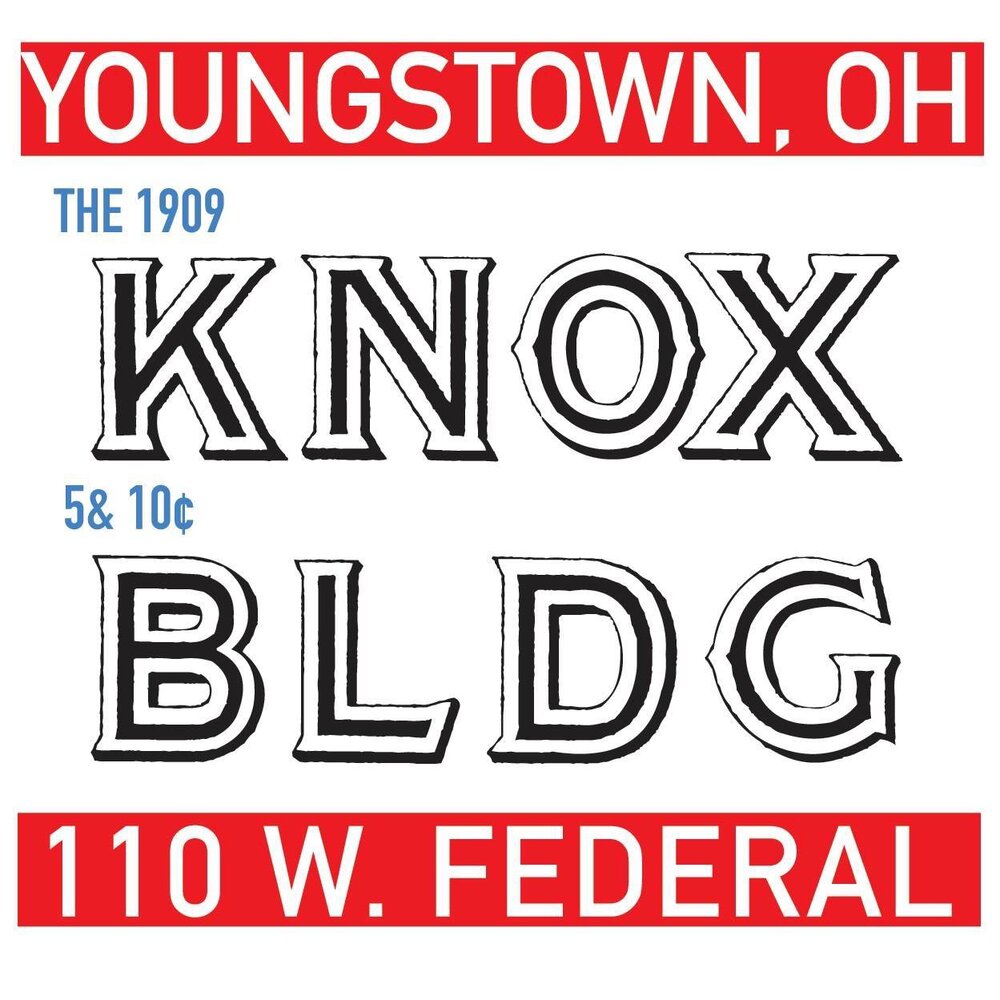MAHONING MOVEMENT: a history and advocacy of transportation especially through the Mahoning Valley
In memoriam of Dr. Tom Leary, instrumental in advisement and mentorship in beginning this project at Youngstown State University and the Youngstown Historical Center of Industry and Labor.
This is the student work in progress of Jacob Harver. Initiated in obtaining and American Studies M.A. from YSU and now in process for a History Ph.D at Kent State University. The positive economic and cultural impact that the trail will have on the independent small businesses of the Mahoning Valley connects to the mission of the Knox Bldg.
There is buzz today about the “Voltage Valley," the potential for GM Lordstown’s conversion to electric car production. (UPDATE, Electric Car production at Lordstown is another Chill-Can) However, there is a concurrent transportation revolution, which can also generate an economic impact for the region, its quality of life, environmental sustainability, mobility/ accessibility, while rooted in its culture and history: titled here as Mahoning Movement. It is centered on Interpreted Accessible Active Transportation Trails: universally accessible (e.g. wheelchair accessible, culturally inclusive) dedicated hike & bike paths with information panels and exhibits. The majority of the network east of the Mississippi is in place, except for one missing link between Struthers and Ravenna, OH. It can be made a reality in the near future through Eastgate Regional Council of Governments’ Mahoning River Corridor Plan. In addition to the trail, telling the region’s history which is of global, national, and state importance should leas to support through historic interpretation, such as through a National Park Service Heritage Area or as an Ohio State Park with support through Ohio History Connection through the YHCIL “the Steel Museum.”
This project examines the history of transportation in America with a focus on the Mahoning Valley, and advocates its future potential. It utilizes GIS: Geographic Information System Mapping, as a scientific method in topography, to deliver historical documentation (including geo-referenced maps and Audio Visual field recordings), an augmentation to traveling the trail (like a virtual historic marker accessed on a mobile device), and an ultimate extrapolation of Universal Accessibility, in that anyone with internet access can experience.
